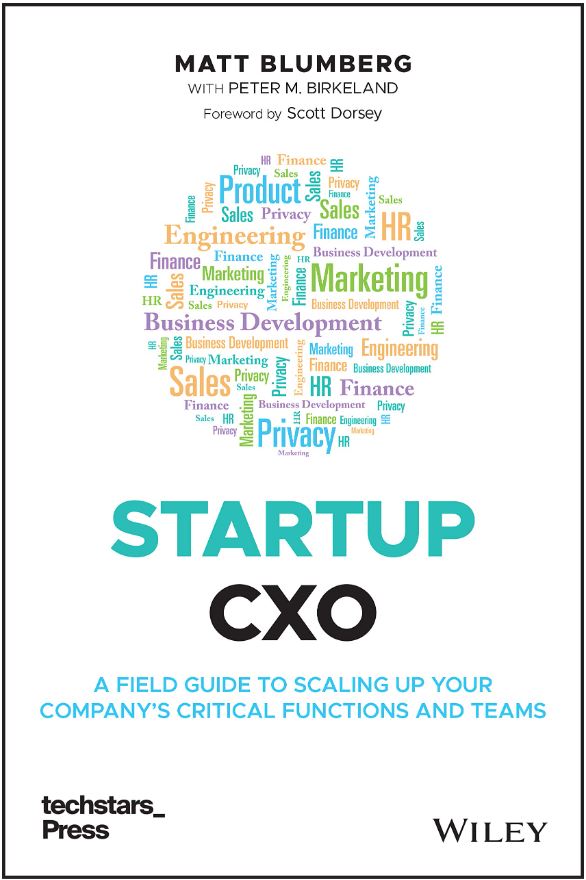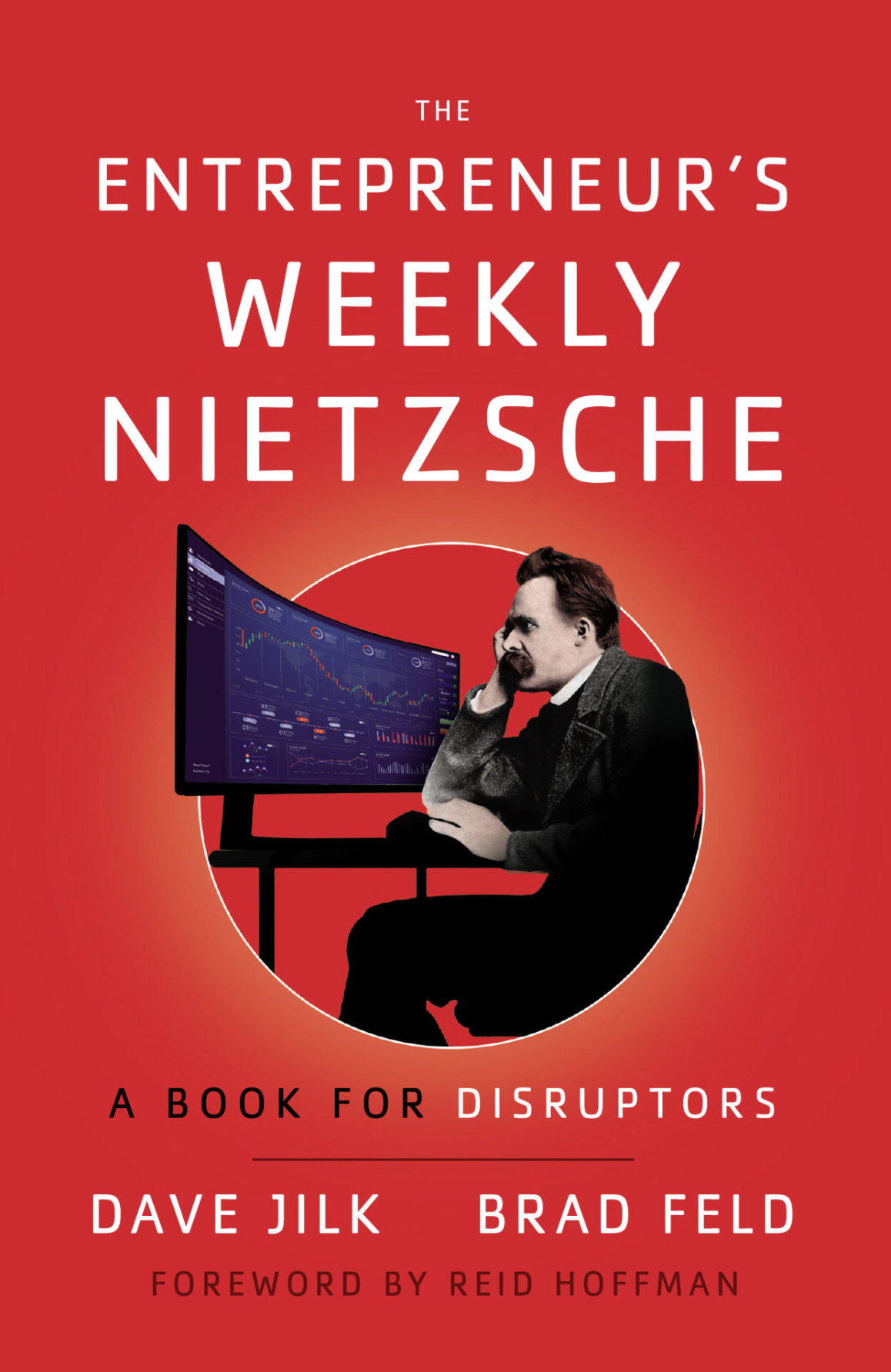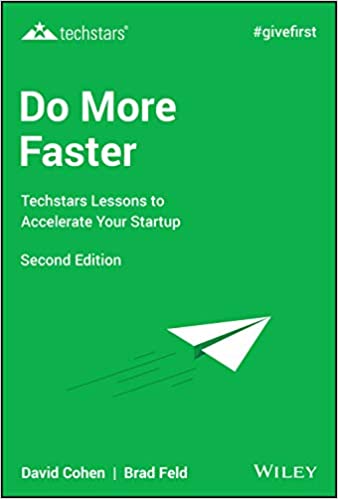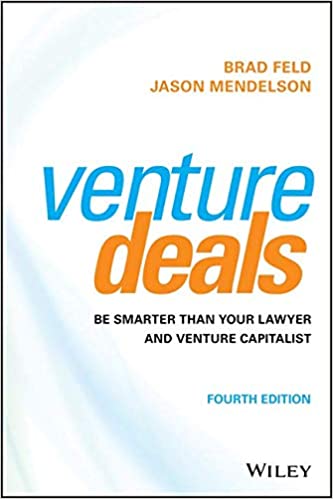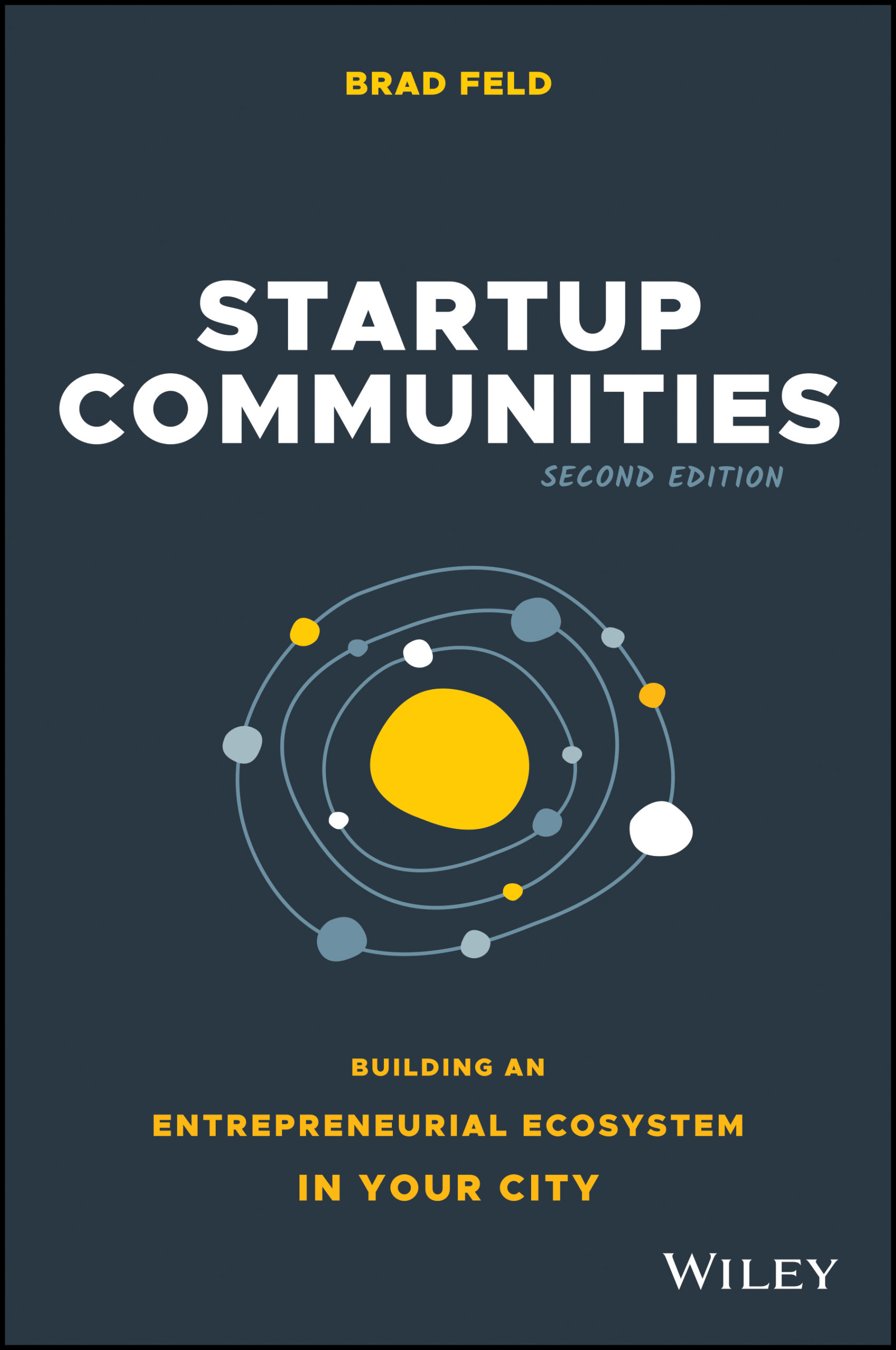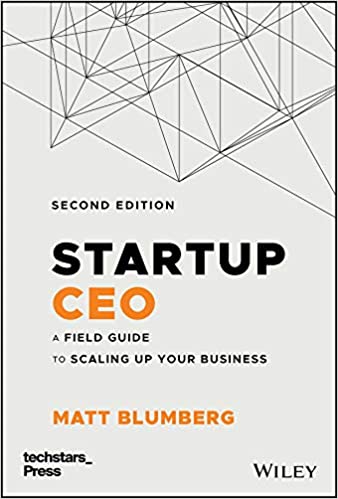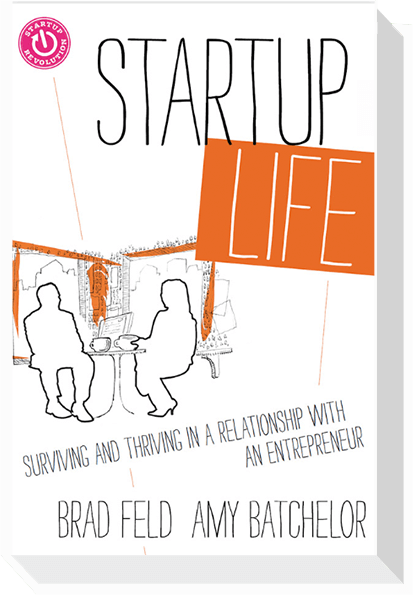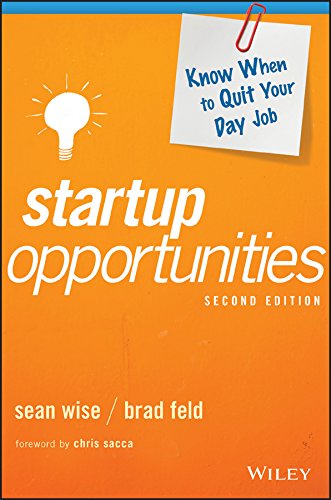What Should Your Startup Board Package Look Like?
Guest Post By Mahendra Ramsinghani – The Business of Venture Capital – (Author, Investor, Mentor)

Preparing your board package is a bit of an art and a science. The sample slide deck below offers a framework for consideration (please see “Notes” section of slides as well). The primary goal for the CEO is to communicate with the board, in adequate detail. Your board needs to hear about your progress (or lack thereof).
Here are some points to consider:
a) Progress metrics: Each startup has different metrics and at the very heart of it, you as CEO / founder need to prioritize these over the next 12 months. These metrics could include adoption, revenues or simply, customer discovery / development milestones. The art form lies in picking the metrics that matter – quite simply, ask yourself – what is the one development that would help the company to be seen as a leader in this space? Can this development help raise the next round of capital at increased valuation? This is not about pandering to investors but knowing what constitutes value creation.
b) Significant developments / changes: Board members need to know of any significant shifts. Fired your CTO? Pivoted to a new market? Increased burn rate by a factor of two? All of these are important enough that your board needs to know – ideally before the board meeting. At the meeting, these topics are the ones that yield a robust discussion. Remember, a board meeting is not a one-way brain-dump from CEO to board. It is a two-way street and if you do not pause, ask questions or breathe – it will ultimately lead to frustrations. The board is there to help but you have to let them help you.
c) Financials: No matter how cool the product feature set may be, make sure you include financial statements in your board package. These are ideally prepared by your part-time CFO and include your income statement, balance sheet and cash flow statements. For very early stage companies, its best to offer a simple snapshot of
(i) Cash at hand (ii) burn rate and (iii) months before we need additional capital.
Ultimately, remember that a board package is nothing but a prop for communication and discussion. Your goal is to ensure that (a) your board gives you a thoughtful input / feedback on the company’ progress (b) knows where you need help and (c) is able to help you along the way.
You can download the original PowerPoint Slideshow Here.
Mahendra Ramsinghani
I manage and lead all investment activities for Invest-Detroit’s First Step Fund, a micro-finance fund that is focused on seed and early stage investments in the region. Since its launch, the Fund has invested in 40+ companies across technology, healthcare and energy sectors.
In 2011, I finished a labor of love – a book titled “The Business of Venture Capital: Insights from Leading Practitioners on the Art of Raising a Fund, Deal Structuring, Value Creation, and Exit Strategies (Wiley Finance). See: http://amzn.com/0470874449
As Mentor-in-Residence at University of Michigan’s Office of Tech Transfer , I helped spin-out a Life Science tools start-up, 3D Biomatrix. In 2012, this company was recognized by Wall Street Journal Technology Innovation Awards (chosen among 536 entries).
At the MEDC, I led the efforts for development of two Fund-of-Funds programs that was signed into a legislation and currently deploys $200 million in VC Funds. I serve on the investment committee of two seed funds and on the Board of University of Michigan Social Venture Fund.

